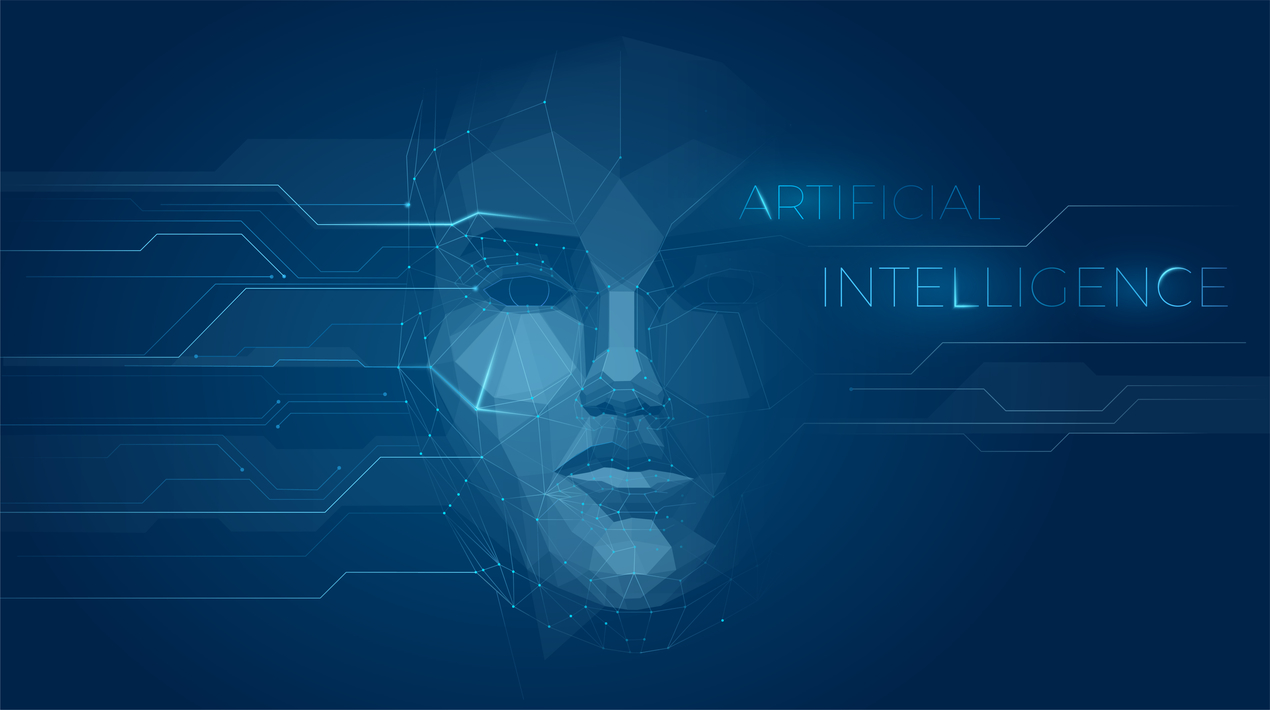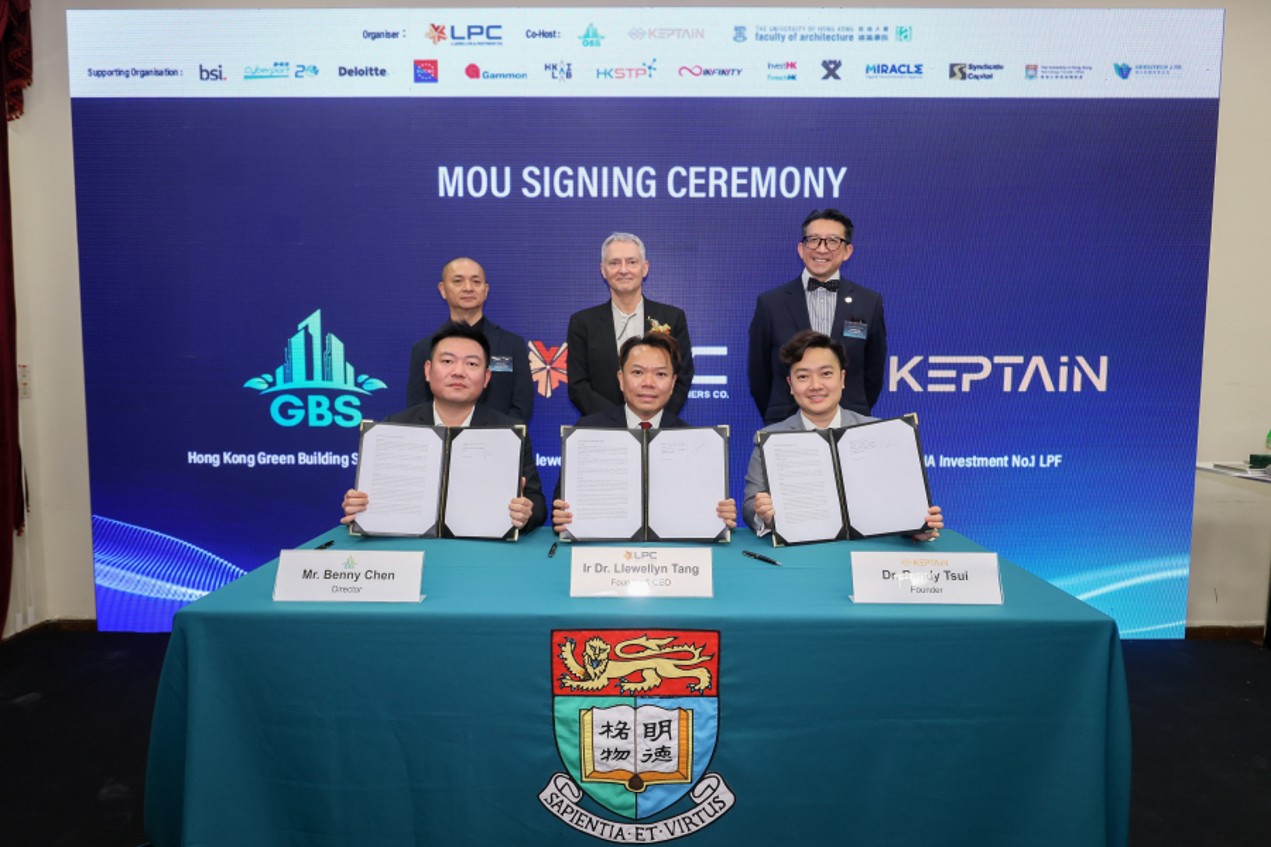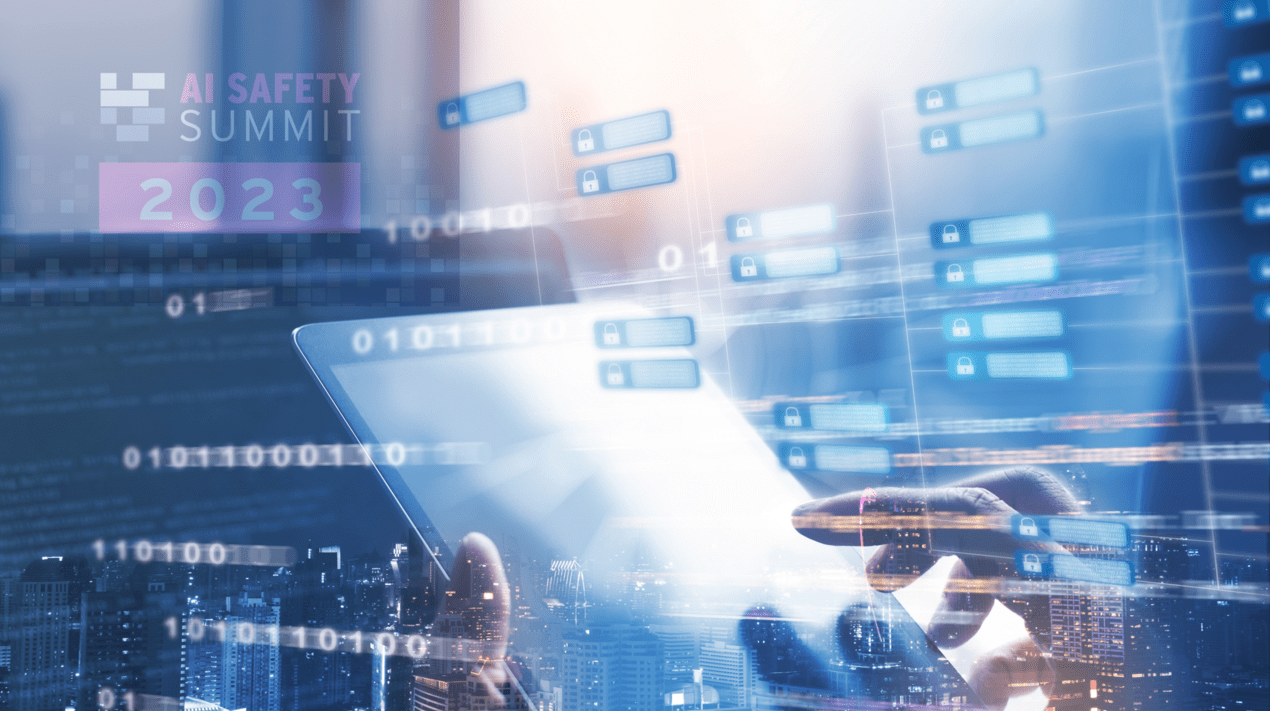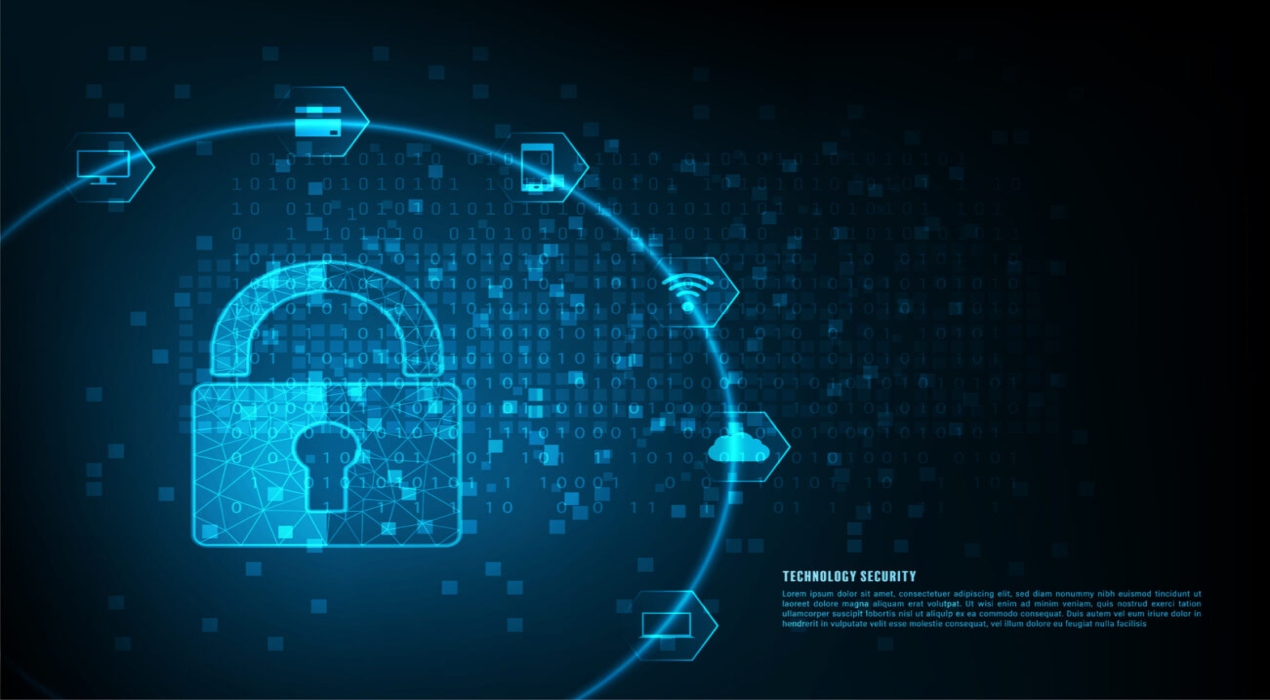
Government and industry members convened at the Aotearoa AI Summit 2021 to discuss their roles in the launch and early development of New Zealand’s National AI Strategy. Minister David Clark, the Minister of Digital Economy and Communications, and the Minister of Statistics opened the Summit and introduced the National AI Strategy. The AI strategy will allow New Zealand to agree on what is most important, to provide a coordinated approach to the adoption and use of AI in the country and showcase New Zealand’s brand on the international AI landscape.
AI includes several technologies and approaches that are constantly evolving and changing. For this strategy, AI is defined as advanced digital technologies that enable machines to reproduce or surpass abilities that would require intelligence if humans were to perform them.
The future of AI in Aotearoa will be shaped by collaboration across academia, government and industry. This includes the government’s recent work on developing a National AI Strategy with a key focus on trust and transparency. This is essential to achieve public confidence in the use of algorithms by government agencies.
Both sectors agreed that AI and machine learning technologies can be harnessed to help address some of the country’s biggest challenges and opportunities. Aotearoa New Zealand has an opportunity to create AI that not only solves big problems at home but that can also be seen as a technology that is good for the world, says one executive.
New Zealand can learn a lot from other nations in how to leverage these technologies such as AI, but with limited funding and resource, the country must be smarter and well-aligned to get the best impact, so a national strategy or plan is critical, he added.
Through this Strategy, New Zealand will be able to embrace the potential of emerging digital technologies such as AI, to drive economic growth for the benefit of all New Zealanders, says Minister Clark.
The proposed cornerstones of the strategy include:
- Uniquely New Zealand
- Human-centred and trusted AI
- Investment in AI economy
- Preparing the workforce
- Our place in the world
- All supported by enabling foundations.
By working together on developing a strategy, the government will ensure New Zealand can harness economic and social opportunities from this transformative technology while mitigating any potential risks, added Minister Clark
The key to New Zealand’s success in growing AI and playing a role on the international stage is building trust with citizens and consumers through transparent and ethical AI that is demonstrably safe and human-centric.
AI is projected to underpin $US15.7 trillion of global economic growth by 2030. The potential economic and social contributions of AI are significant, but New Zealand is behind its peers in building the ecosystem necessary for AI to be harnessed in a beneficial and equitable way.
With the right cornerstones in place, New Zealand’s businesses will be supported to develop or adopt AI, productivity will increase and new products and markets will be developed. Also, the country will be part of an international AI landscape, able to take advantage of and contribute to global AI development and work collaboratively to solve cross-border problems.
Overall, there is a dynamic and friendly business environment and a culture of innovation and sharing, borne out of size and distance in New Zealand. The Government is committed to leading the adoption of ethical and safe AI that enhances the country’s economy, serves the public good and further develops New Zealand’s international reputation, confirmed by the Minister.





















